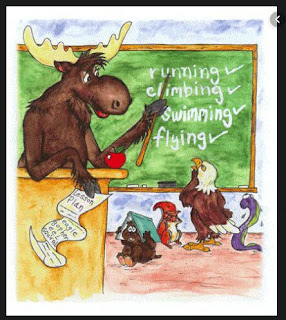Rabindranath Tagore
BENGALI POET
WRITTEN BY:
LAST UPDATED: Aug 3, 2019 See Article History
Alternative Title: Rabīndranāth Ṭhākur
Rabindranath Tagore, Bengali Rabīndranāth Ṭhākur, (born May 7, 1861,
he is generally regarded as the outstanding creative artist of early 20th-century
verses, and, after incomplete studies in England in the late 1870s, he returned to
Manasi (1890), a collection that marks the maturing of his genius. It contains
well as some social and political satire that was critical of his fellow Bengalis.
In 1891 Tagore went to East Bengal (now in Bangladesh) to manage his family’s
estates at Shilaidah and Shazadpur for 10 years. There he often stayed in a
contact with village folk, and his sympathy for them became the keynote of much
of his later writing. Most of his finest short stories, which examine “humble lives
and their small miseries,” date from the 1890s and have a poignancy, laced with
most of all the Padma River, an often-repeated image in his verse. During these
years he published several poetry collections, notably Sonar Tari (1894; The
Golden Boat), and plays, notably Chitrangada (1892; Chitra). Tagore’s poems are
virtually untranslatable, as are his more than 2,000 songs, which achieved
considerable popularity among all classes of Bengali society.
Shantiniketan (“Abode of Peace”), where he sought to blend the best in the
Indian and Western traditions. He settled permanently at the school, which
became Visva-Bharati University in 1921. Years of sadness arising from the
deaths of his wife and two children between 1902 and 1907 are reflected in
his later poetry, which was introduced to the West in Gitanjali (Song
religious poems from several of his Bengali verse collections, including
Nobel Prize in 1913. Tagore was awarded a knighthood in 1915, but he repudiated
From 1912 Tagore spent long periods out of India, lecturing and reading from his
spokesperson for the cause of Indian independence. Tagore’s novels in Bengali
are less well known than his poems and short stories; they include Gora (1910)
and Ghare-Baire (1916), translated into English as Gora and The Home and the
World, respectively. In the late 1920s, when he was in his 60s, Tagore took up
painting and produced works that won him a place among India’s foremost
contemporary artists.
Motivo de la elección: En uno de los textos que trabajamos en el curso se hizo referencia a Rabindranath Tagore, de forma muy escueta, pero suficiente para que la teacher nos dijera una frase de él muy bonita. La reproduzco aquí: Yo dormía y soñé que la vida era alegría. Me desperté y vi que la vida era servicio. Serví y comprendí que el servicio era alegría.
Esta frase algo tiene que ver con la docencia, sin dudas, pero más aún con la vida misma.
¿Qué decir de él? Recibió el premio nobel, pero no creo que los reconocimientos hayan tenido un lugar preponderante en su vida.
PD: Por fin entendí de donde venía el segundo nombre de Óscar, mi vecino...Óscar Rabindranath, pero Silva, no Tagore.
Estudiante: Carlos García.





